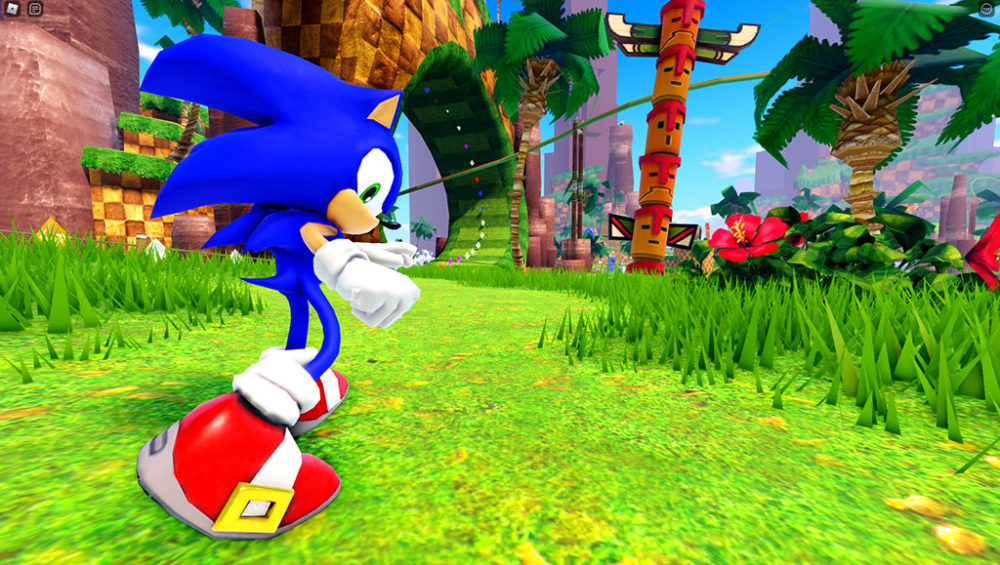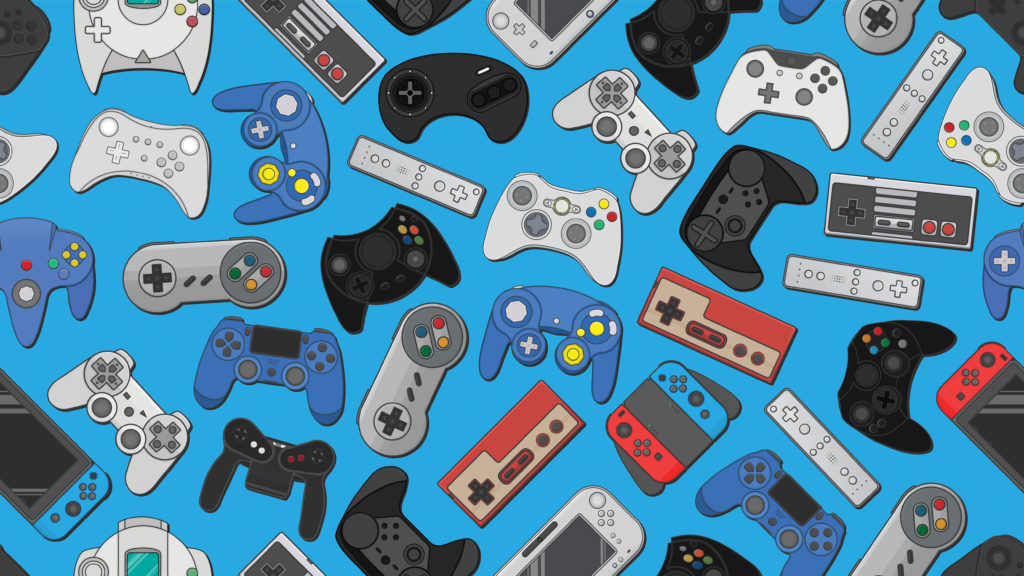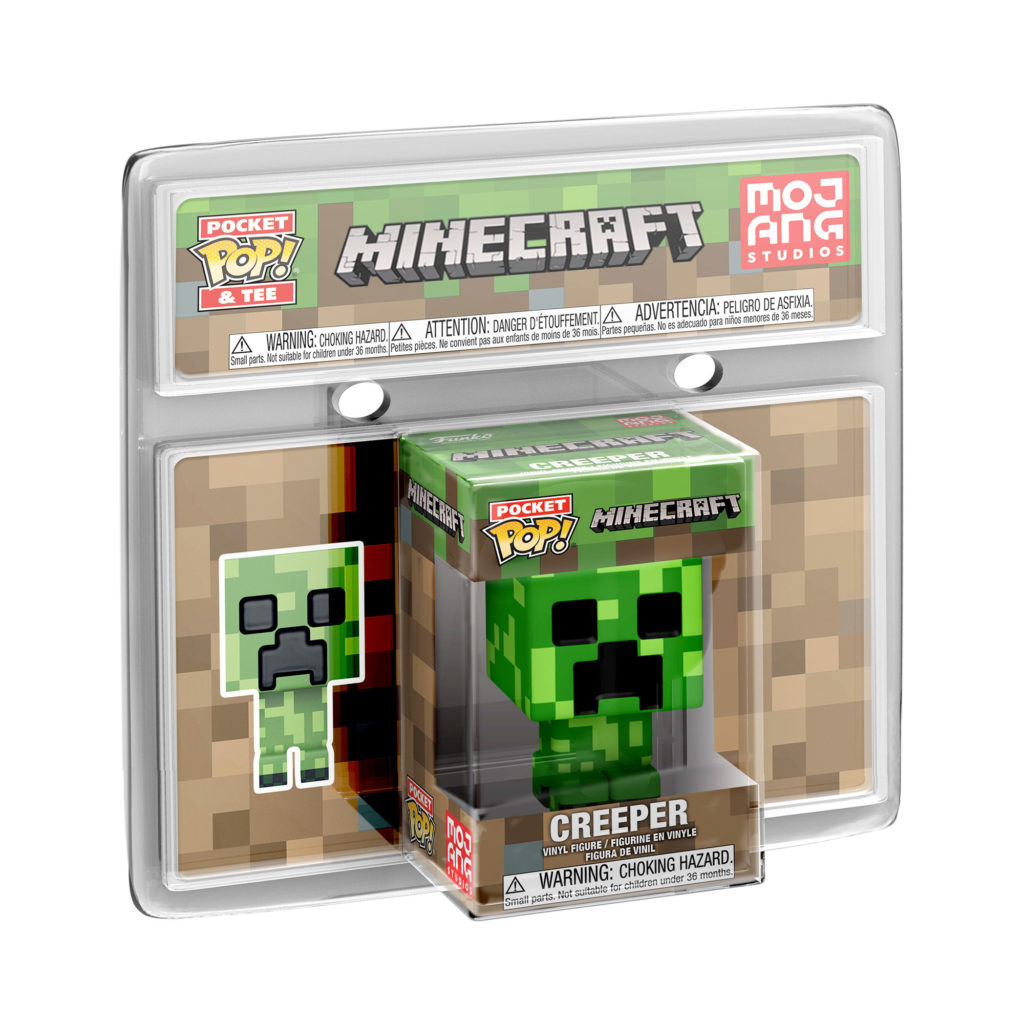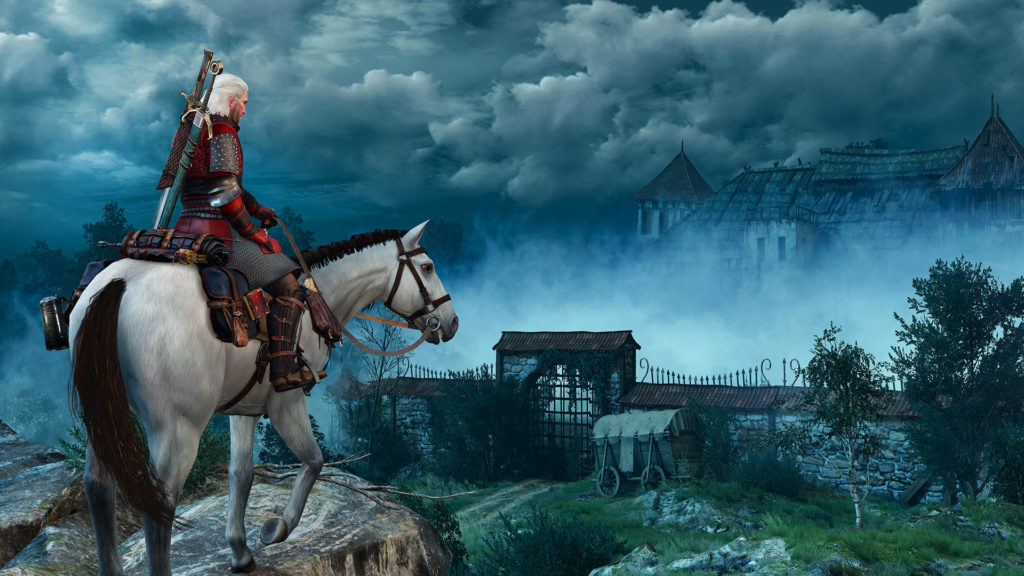
by Victor Lucas, creator and host, The Electric Playground
I tweeted out an innocuous question — no, this isn’t necessarily a crass plug for my Twitter account in the first sentence of this article (@Victor_Lucas, in case you need it) — and the passion in each of the replies was spectacular: “What is the best video game sequel? Why?”
“Red Dead Redemption 2!,” Craig Gusten (@WolvenGusten) immediately tweeted back.
Jon (@That_Tesla_Guy) posited, “The Division 2 because we hadn’t lived through a pandemic just yet,” and instead of a period he used a crying and laughing emoji.
David Hayter (@DavidBHayter), the voice of Metal Gear Solid’s Solid Snake and the writer of the X-Men and X2 movies replied, “Tomb Raider 2 and Resident Evil 2 (The O.G.s) were both amazing.”
Everybody has a favorite video game sequel. You’re even thinking of yours right now.
THE BIRTH OF THE VIDEO GAME SEQUEL
Sequels have been an integral part of game culture since the 1970s, when Taito released Space Invaders: Part II at arcades in Japan. It was, of course, the sequel to the seminal arcade game that is universally hailed as the key to video games crossing over from an intriguing pastime to a revolution in entertainment and a multibillion dollar business.
The ‘80s became a hotbed of video game mega-brands that fostered sequels and franchises that exist to this day. Final Fantasy, Super Mario, Donkey Kong, Asteroids, Mega Man, Pac-Man, Castlevania, Tetris, and dozens of other game series were launched in this bumpy, but halcyon, period.
The arcade industry gave way to home video game entertainment and not long afterward, we began to see Atari, Intellivision, and ColecoVision fade as Nintendo and SEGA rose in prominence.
The ‘90s were about the video game industry’s adoption of real-time, 3D polygon technology. We saw this first with primitive arcade cabinets like SEGA’s Virtua Racing and Virtua Fighter and then in advancements like Namco’s Tekken and Atari’s San Francisco Rush franchises.
However, a new video game epoch was also beginning at home with 3D polygonal graphics and, yes, incredible game sequels.

THE SEQUEL IS SUPREME
Sony’s PlayStation was an audacious first move from a new player in the video game hardware market. The console was released to a thunderous reception in 1994 in Japan and 1995 in North America. The PlayStation sealed the fate of SEGA’s future and unseated the previous decade’s home console champ, Nintendo, almost overnight.
Many of the games that ran on the PlayStation were made for adult gamers. These were people who had grown up and maintained their joy for the medium through the ups and downs of the ‘80s and were looking for more ambitious and technologically advanced experiences. Titles like Tomb Raider; Metal Gear Solid; Grand Theft Auto; and the now 3D, role-playing epics of Final Fantasy all became synonymous with PlayStation and a new era of video game sequels.
It is this approach to greenlighting new, sophisticated, 3D franchises that has persisted to this day.
CREATING A BRAND-NEW GAME IS BRUTAL
It’s almost indescribably difficult to make a modern video game. In the years that I’ve been talking with developers, they’ve often described how broken, buggy, and unsatisfying piles of ideas become fun to play in the weeks before a game is ready for market. A common idiom is that it’s a miracle that any game is completed and published.
A sequel has many roles to play in this “miracle.” A sequel does the job of creating baseline awareness about a game property, a satisfying mechanic, or a spectacular character. A sequel creates comfort for the stakeholders investing the money and years of development it’ll take to see an idea become a product. A sequel is a high-five for the fans of the first one — a symbol that together the devs and the players have done it. There’s more. Success!
There’s rarely an expectation of triumph when a new intellectual property is launched, so if a game manages to capture the zeitgeist and warrants a sequel, that usually means the creators can make the game that they really wanted to. There are several examples across the medium.
It’s almost palpable during that first leap from the bottom of the broken, dangling train in the opening sequence of Uncharted 2: Among Thieves.
The feeling of confident, iterated design is also there when you finish Bruce Wayne’s opening prison sequence in Batman: Arkham City and escape the facility to stare across the Gotham skyline as Batman. Unlike the constraints of the titular Arkham Asylum in Rocksteady’s previous adventure, this sequel is about to live up to its moniker and give you miles of urban nightmare to explore
and conquer.
The elements that made up the sprawling fiction of Bungie’s Destiny were mysterious and the gunplay in the game was tight and nuanced, but the story was threadbare and the environments — as well as the action in them — quickly became repetitive. It was clear just mere months after the first game’s launch that in order for the team to capitalize on concepts initiated by the original, they needed to announce a sequel. Destiny 2 is much closer to Bungie’s original vision and continues to thrive with new content years after its launch in 2017. A brand-new, acclaimed expansion called The Witch Queen just launched this spring.
The video game industry is built on the backs of high-performing sequels. Grand Theft Auto 3, Assassin’s Creed 2, Half-Life 2 — the list of game series that went from fun and fulfilling to out-and-out masterpiece with subsequent iteration is massive.
WHAT’S IN A NAME?
Perhaps the single, most beneficial reason for greenlighting a sequel is not just in the act of creating a main revenue stream for the gamemakers. Yes, the millions of copies sold for a Part 2 or 3 of a franchise keeps these businesses afloat, but if the end goal is to help bring your game business some of that lucrative “Nintendo money,” the name of the game is licensing.
We’ve seen this in the video game industry since the very beginning, when Pac-Man Fever swept North America in 1981. It became a hit record in 1982 for Buckner & Garcia, but that “fever” also launched Pac-Man-branded items —
everything from bicycles to figures in breakfast cereals.
This success has been replicated by other big video game brands, like the massive amount of merchandise built around Square Enix brands like Final Fantasy, Kingdom Hearts, and Dragon Quest.
Toys and collectibles — particularly Funko Pop!s — have factored into awareness for titles like Tomb Raider, Minecraft, Roblox, Ratchet & Clank, and literally hundreds of other game brands that are no longer relegated to niche shops.

Of course, it’s not just toys and T-shirts that extend the value of a video game franchise. Movies and TV series based on game properties have been around since the birth of the industry — we don’t talk about Bruno … or the original Super Mario Brothers movie.
What’s different now is that movies and TV series based on games are actually good! Witness Paramount Pictures’ fantastic success with Sonic The Hedgehog, SEGA’s venerable mascot that has had numerous iterations across games, comics, and television. As of this year, Sonic has two certifiably fresh blockbusters.
You can also point to the less conspicuous, but still successful, Arcane, a Netflix animated series based on Riot Games’ popular free-to-play game called League of Legends. It’s not implicit, or even expected, that viewers would need to be fans of League of Legends to enjoy Arcane, but the series really opens up the lore for those that are.
For fans of live-action content, Netflix released two seasons of The Witcher, starring Henry Cavill, which is, yes, based on the books of the same name by Andrzej Sapkowski, but also on the extended lore crafted in The Witcher video game series developed by CD Projekt Red. Video games are big business for Netflix — so much so that the company has entered the business as a game publisher itself, offering subscribers games that they can download to their mobile devices today, with promises of larger-scale game creations in the future.
But just how big can video game brand extensions go? You only have to look at the Super Nintendo World theme park attractions that Nintendo has partnered with Universal to create. You can already visit Mario’s Mushroom Kingdom in Universal Studios Japan. Next year, the Florida and California Super Nintendo World attractions will open. It’s not a bad outcome for a journey that started with a four-screen arcade game about a plucky plumber rescuing a damsel in distress from a giant ape.

TRIUMPH THROUGH ITERATION
The sequel becomes an important conduit for the team that made the first one. Wrongs are righted. Problems are solved. Goals are met.
A perfect example of triumph through iteration is Burnout 3: Takedown, which was released back in 2004 for the PlayStation 2 (PS2) and original Xbox. “Sales of the first two Burnout games were big in Europe, but very poor in the U.S.,” says Alex Ward, who was then the game director on the title and is now co-founder of Three Fields Entertainment, makers of the Dangerous Driving franchise. “We wanted to break America. We didn’t want to be Robbie Williams. We wanted to be The Beatles.”
Although I had reviewed the previous two Burnout games, I was not prepared for Burnout 3. It was a furious experience, propelled by intense car crashes that were oh-so-satisfying. Metal chunks and crumpled cars and glorious sparks would explode and shower off the screen all at a blistering 60 frames-per-second. Everything was bolstered by impeccable sound effects and radio-friendly punk pop.
“We turned up at E3 2004 with the game running on PS2 and Xbox and none of our publisher’s other games were playable that way on the day,” Ward remembers. “As we walked out of the Staples Center at the end of set up day, I saw Xbox’s Robbie Bach, Seamus Blackley, and J Allard watch our trailer and I heard Robbie say, ‘That’s incredible … we have it on Xbox right … ?’”
Ward and his team had one goal. “I remember it like yesterday,” he continues. “We set out to prove we were the best PS2 developer on the planet, and right there and then in 2004, we really were.”
It’s not always about a lack of ideas or greedy companies trying to cash in on a hit. (Although, sometimes it is.) The next time you see a number after a game title, try to think about the devs working hard to make us Burnout 3. Or Uncharted 2. Or Super Smash Brothers Ultimate. Or The Elder Scrolls V: Skyrim …
I always do.
This article was originally published in Issue No. 13 of the Pop Insider. Click here to read the full issue!
